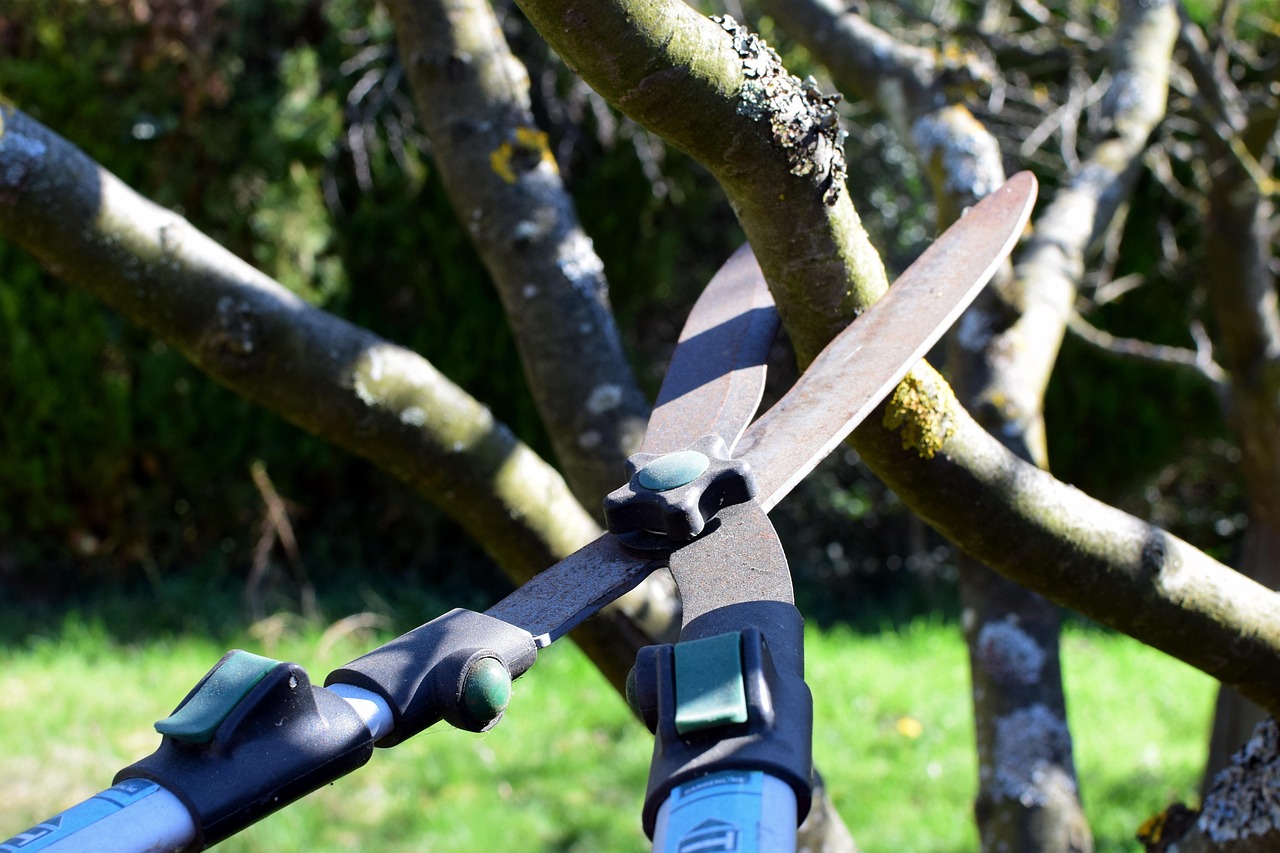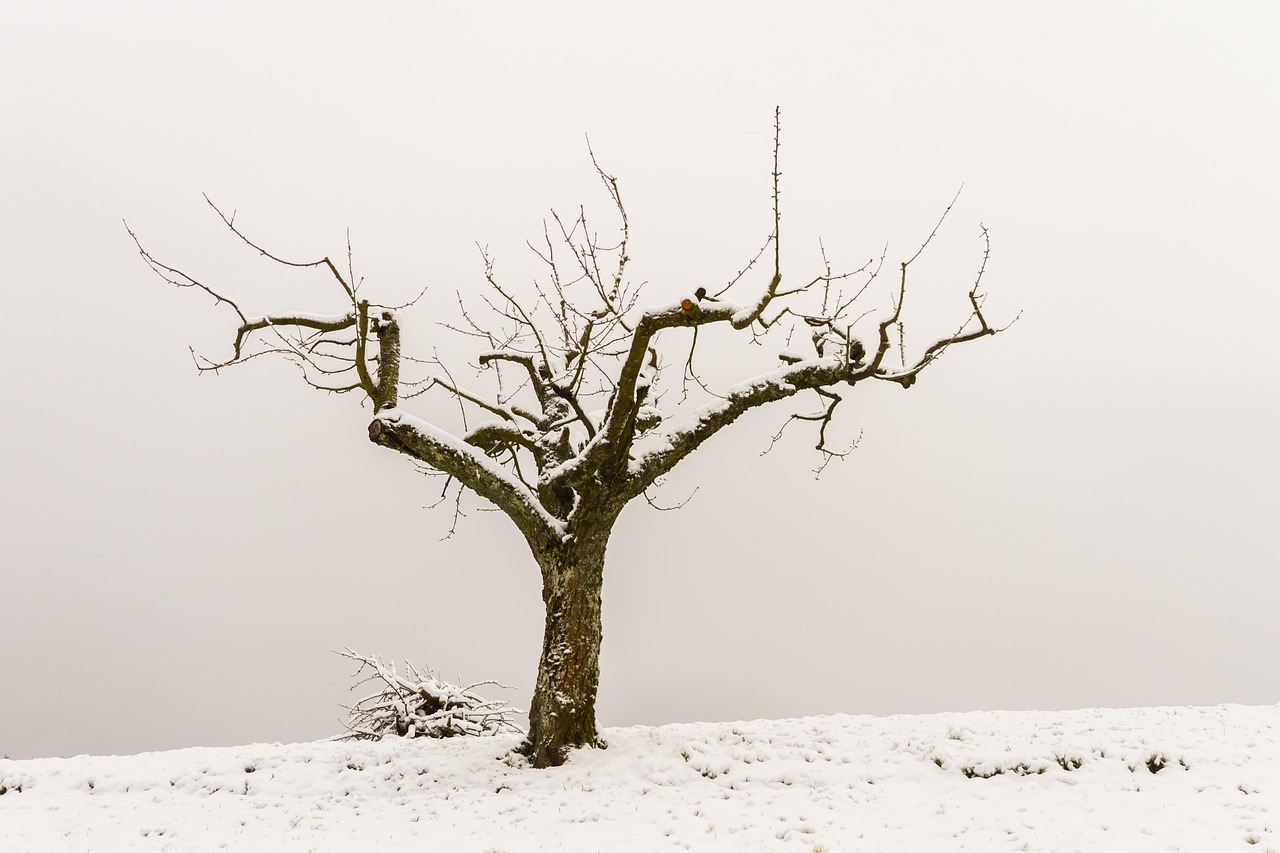My Personal Journey with Tree Pruning: Tips, Anecdotes, and Warnings
Discover essential tree pruning methods suitable for all sizes, including crown thinning, raising, reduction, and selective pruning. Learn how to apply these techniques effectively, when to prune, and safety tips to maintain healthy, beautiful trees while preventing damage and hazards in your landscape.
Understanding Tree Pruning — From My Perspective
I always remind myself that tree pruning is a critical part of good arboriculture. It involves removing specific parts—like branches or deadwood—to boost health, improve appearance, and prevent hazards. I’ve seen how well-pruned trees grow stronger, fend off pests better, and look so much more appealing. A proper prune isn’t just about aesthetics; it’s about giving the tree what it needs to thrive.

I always ask myself: Why prune? I’ve found these reasons resonate deeply with me:
- To promote healthy growth, especially in young trees that need shaping.
- To let more sunlight reach every corner of the branches—great for fruit trees or flowering plants.
- To improve air circulation, which can help prevent fungal diseases.
- To remove dead or diseased branches that could cause problems if left unchecked.
- And to control the size and shape of the tree—particularly important for my urban yard where space is tight.
Each species and size of tree requires its own approach. Over the years, I’ve learned that understanding which method suits your tree makes a huge difference. Let me walk you through some of the popular pruning methods I personally use and recommend.
Pro-Tips
When I first started pruning, I thought any cut would do, but I quickly learned that the angle and location of my cuts matter a lot. Making clean, angled cuts just outside the branch collar helps the tree heal faster and reduces the risk of infection.
Initially, I over-trimmed some of my trees, thinking I was helping them by removing a lot of branches at once. I realized that taking too much off in a single session stresses the tree and can weaken it. Now, I prune in stages and give my trees time to recover.
I used to forget how important the right tools are. Dull or improper tools can damage branches and bark, slowing healing and increasing disease risk. Keeping my pruning saws sharp and using the right size pruners has made a huge difference.
When I first tried pruning large branches myself, I didn’t consider the safety risks. Now, I always evaluate whether I should do it or call a professional—especially with big or high branches—to avoid accidents.
At first, I didn’t pay enough attention to pruning seasonality. I’ve learned that late winter or early spring, when trees are dormant, is usually the best time for major cuts—this minimizes stress and promotes faster healing.
Finally, I used to ignore the importance of understanding each tree’s natural growth pattern. Observing how my trees grow helped me prune more thoughtfully, preserving their health and beauty instead of shaping them artificially. Patience and observation are key to successful pruning.
My Favorite Pruning Methods — With Personal Tips and Warnings
I’ve experimented with various techniques over the years, and here’s what I’ve found works best for different situations.

Crown Thinning — My Go-To for Mature Trees
I always start with crown thinning when dealing with dense, mature trees. I’ve found that carefully removing some branches here and there increases sunlight and airflow—especially in the summer months. My tip? Focus on removing smaller branches in the interior, not taking out big limbs, to keep the structure stable. Just be cautious: over-thinning can stress the tree. Remember, less is more.
Crown Raising — Elevating Trees the Right Way
I always use crown raising when I need clearance for walking or vehicles underneath. In my city yard, removing the lower branches has made my pathways safer, and the trees look more elegant. My warning here: don’t go too low. Remove only enough to clear space, but preserve the natural shape of the tree. I learned this the hard way the first time I over-trimmed and messed up the aesthetics.
Crown Reduction — When Trees Need a Little Snip
I’ve used crown reduction sparingly—only when a tree gets too tall or is a bit hazardous. When I do it, I make sure to cut just outside the branch collar—this helps the tree heal faster. My advice is to avoid drastic cuts; it’s tempting to “just cut it down,” but that can compromise the tree’s health. Timing is everything, and I always prune in late winter or early spring, when the tree is dormant.
Selective Pruning — The Art of Fine-Tuning
This is my favorite strategy for young or healthy trees. I focus on removing weak, crossing, or crowded branches. Over time, this encourages strong, well-spaced growth. I’ve learned to be gentle—removing just enough to improve overall health without overdoing it. My warning: avoid removing too much at once—your tree needs time to recover!
Matching Pruning to Tree Size — A Personal Breakdown
I always think about the size of my trees before choosing a technique:
| Tree Size | My Recommended Method | My Personal Tips |
|---|---|---|
| Small Trees | Selective pruning | I focus on balance. Over-pruning small trees can lead to weak growth or stubs—so I’m always cautious. |
| Medium Trees | Crown thinning or raising | I try to maintain their natural shape while ensuring clearance and good airflow. Sometimes, I take a step back to see the overall form before cutting. |
| Large Trees | Crown reduction or thinning (preferably by professionals) | If I get nervous about safety, I call in experts. Never underestimate the danger of large trees—your safety comes first. |
Tools and Timing — My Personal Rituals
When’s the Best Time to Prune?
I always plan my pruning around the season. In my experience:
- Late winter to early spring is perfect for most trees. I like pruning then because they’re dormant, which helps wounds heal faster and reduces stress.
- Summer is good for light pruning or removing dead branches. I avoid heavy cuts because I’ve seen that over-pruning can weaken a tree during hot weather.
- Fall is tricky—I try not to prune then, as wounds may not heal well before winter, which can invite pests or diseases.
My warning? Always adjust based on the species. Some trees, like flowering cherries, have specific timing preferences.
My Essential Tools
Here’s what I always keep handy:
- Hand pruners: For small branches and precise cuts.
- Loppers: When branches are too thick for pruners but not too big to handle.
- Pruning saws: For larger limbs. I’ve learned to choose a saw that’s sharp and comfortable to use.
- Pole saws: They’re a lifesaver for high branches—no climbing, just extend and cut safely.
- Protective gear: Never skip gloves, goggles, or a helmet. Safety first, always!
Pruning Different Tree Types — My Personal Approach
Over time, I realized each tree species has unique needs:
Fruit Trees
I love working on fruit trees because proper pruning boosts my harvest. I prefer open-center or central leader methods, depending on the type. My warning? Don’t over-prune fruit trees—they need their foliage to produce fruit!
Deciduous Trees (Like Maples and Oaks)
I always avoid heavy pruning here. Instead, I aim to keep their natural shape, removing only what’s necessary. It’s great for aesthetics and health. After storms, I inspect for damage—sometimes, I find broken branches that need immediate removal.
Evergreens (Pines, Spruces)
I do minimal pruning but use techniques like candle pinching on pines. I steer clear of shearing unless I want a more formal look, which I don’t recommend regularly. My advice? Be gentle and avoid cutting into older branches.
My Cautionary Notes — Mistakes I’ve Made and Warnings to Share
- Timing is everything: Pruning at the wrong season stresses trees. I learned this from experience—avoid spring heavy cuts.
- Proper cuts: I used to cut too close to the trunk, which delayed healing. Now, I always make cuts just outside the branch collar.
- Safety precautions: Cutting at heights or near power lines is risky—I always use proper gear and, sometimes, hire professionals for big jobs.
Understanding Growth Patterns — My Personal Insights
Recognizing how my trees grow has helped me prune better. Some grow upright, others spread wide. I respect their natural habit, which helps avoid over-pruning and keeps their form intact.
Seasonal Strategies — My Personal Calendar
I’ve found these seasonal tips work best:
Spring
- I focus on removing dead or broken branches first.
- Heavy pruning isn’t ideal—wait until later.
Summer
- Light shaping and thinning are great now. I enjoy trimming growth to keep trees looking tidy.
Autumn
- I rarely prune heavily here. Instead, I use this time for assessments and planning for spring.
Winter
- This is my favorite time for major pruning. Since trees are dormant, I see the structure clearly, and wounds heal faster.
Tree Size and Technique — What I Always Consider
Because size matters, I’ve learned:
- Small trees: Gentle, selective cuts—they’re delicate.
- Medium trees: Carefully thin and raise crowns to avoid damaging their balance.
- Large trees: I only attempt light reduction if I truly know what I’m doing, or I call in a pro. Safety is key.
The Right Technique Makes All the Difference — My Personal Mantra
I always remember:
- Bark care: I avoid tearing or damaging bark—smooth, angled cuts are best.
- Healing cuts: I make clean cuts, and I resist the temptation of using wound sealants—they can sometimes make things worse.
Advanced Tips I’ve Learned Over Time
For those of us who love taking tree care further:
Training Young Trees
I invest time early on to shape young trees. I focus on establishing a strong central leader and good branch angles—this saves me headaches later!
Flowering & Fruit Trees
Timing here is everything. For spring bloomers like lilacs, I prune after they flower. For summer bloomers, I prune in late winter. I’ve seen how proper fruit tree pruning can dramatically increase yield.
High-Tech Help
I now use drone surveys to spot issues in my large orchard and tree management apps to keep track of my pruning schedule. It’s like having a personal tree doctor always on call!
Environmental Responsibility — My Final Thoughts
I’ve come to realize that responsible pruning isn’t just about my trees. It’s about supporting biodiversity, providing habitats, and helping reduce urban heat—which I see as part of my role as a caretaker of my environment.
In Conclusion
After all my years of experience, I always stress: learn your trees, respect their natural growth, and don’t rush. Proper pruning isn’t just maintenance; it’s an investment in your landscape’s future. Safety, patience, and knowledge make all the difference. Keep observing and adjusting—your trees and your landscape will thank you!
